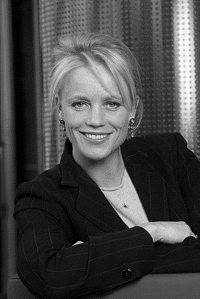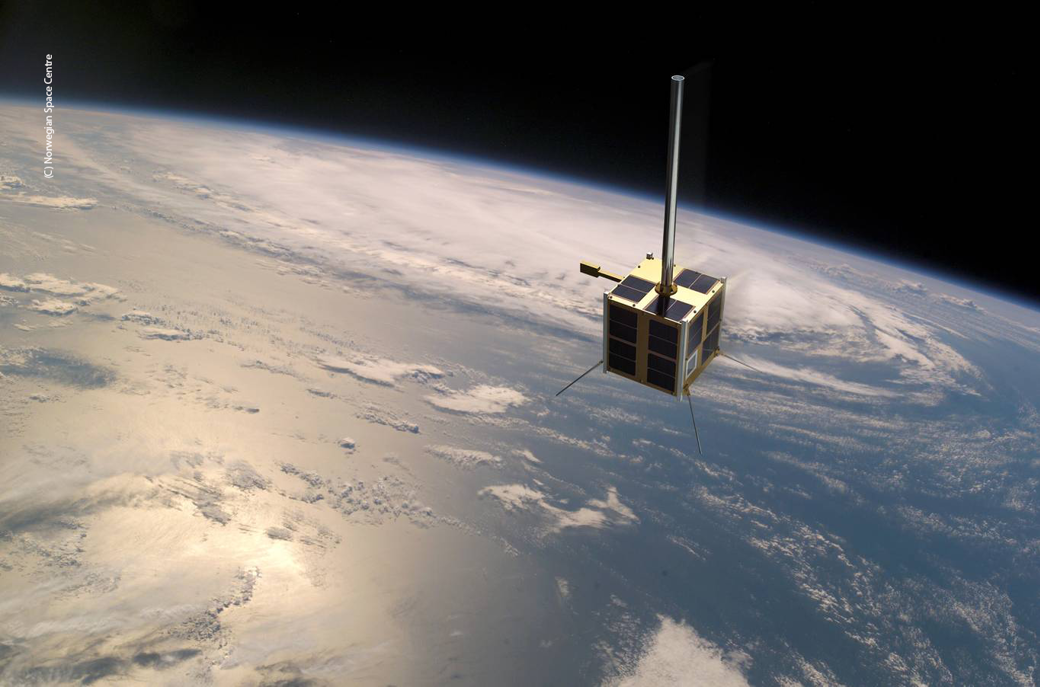The game-changing AISSat-1, the first operational AIS receiver in space, is financed by the Norwegian Ministry of Trade and Industry and deploys technology which was developed collaboratively by Kongsberg Seatex with the Norwegian Space Centre, the Norwegian Defence Research Establishment and the Norwegian Coastal Administration.
Launched in an Indian PSLV rocket, the 20 x 20 x 20cm, 6kg, cube-shaped AISSat-1 nanosatellite has been maintaining a sun-synchronous polar orbit at an altitude of approximately 635km for a full decade now, receiving AIS messages from ships all over the globe and transmitting them to earth via Kongsberg Satellite Services’ Svalbard-based ground station.
Arve Dimmen, Director of Maritime Safety at the Norwegian Coastal Administration, still marvels at the radical difference the AISSat-1 made to the supervision of shipping in the high north once it entered service.
“It was almost like ‘turning on the light’”, he recalls, “as the satellite enabled us to get a much better overview of the marine traffic in our sea areas. The satellite data is distributed to several public authorities: Joint Rescue Coordination Centres, the Coast Guard and the Norwegian Directorate of Fisheries are among some of the most frequent users. The data can be used to monitor fishing activities and to monitor search and rescue operations at sea.
“AISSat-1 was the starting point of our satellite program for maritime surveillance,” Mr. Dimmen continues, “and it has been a great success.”
While the 10th anniversary of the AISSat-1 launch is justifiable cause for celebration, KONGSBERG is nevertheless firmly focused on the future. KONGSBERG’s status as a driver of constantly evolving technologies has positioned the company as a key player in the development of the next generation VDES (VHF Data Exchange System) payload. Visualized as an extension to AIS, this robust, narrow-band, high-speed, two-way VHF ship communications system will establish a global standard designed to support the transformative digitalization of the maritime community. Accordingly, next generation AIS equipment for commercial shipping will incorporate both AIS and VDES in the same unit.
“The 10th anniversary of successful AISSat-1 service together with a wide range of additional, successful missions the past decade, have definitely demonstrated that we have taken a lead in innovative space payload solutions for maritime applications,” says Gard Ueland, President, Kongsberg Seatex.
“These missions show that, with a NewSpace approach, it is possible to establish highly successful and cost-efficient space infrastructures using micro and nano satellites. VDES represents a bold step forward in the efficient monitoring and management of vessel traffic, leading to greatly enhanced safety on board and in ports. With the ongoing overhaul of the AIS infrastructure both at sea and on land, we can expect to see a substantial uptake of VDES services over the next years.”
For further information:

